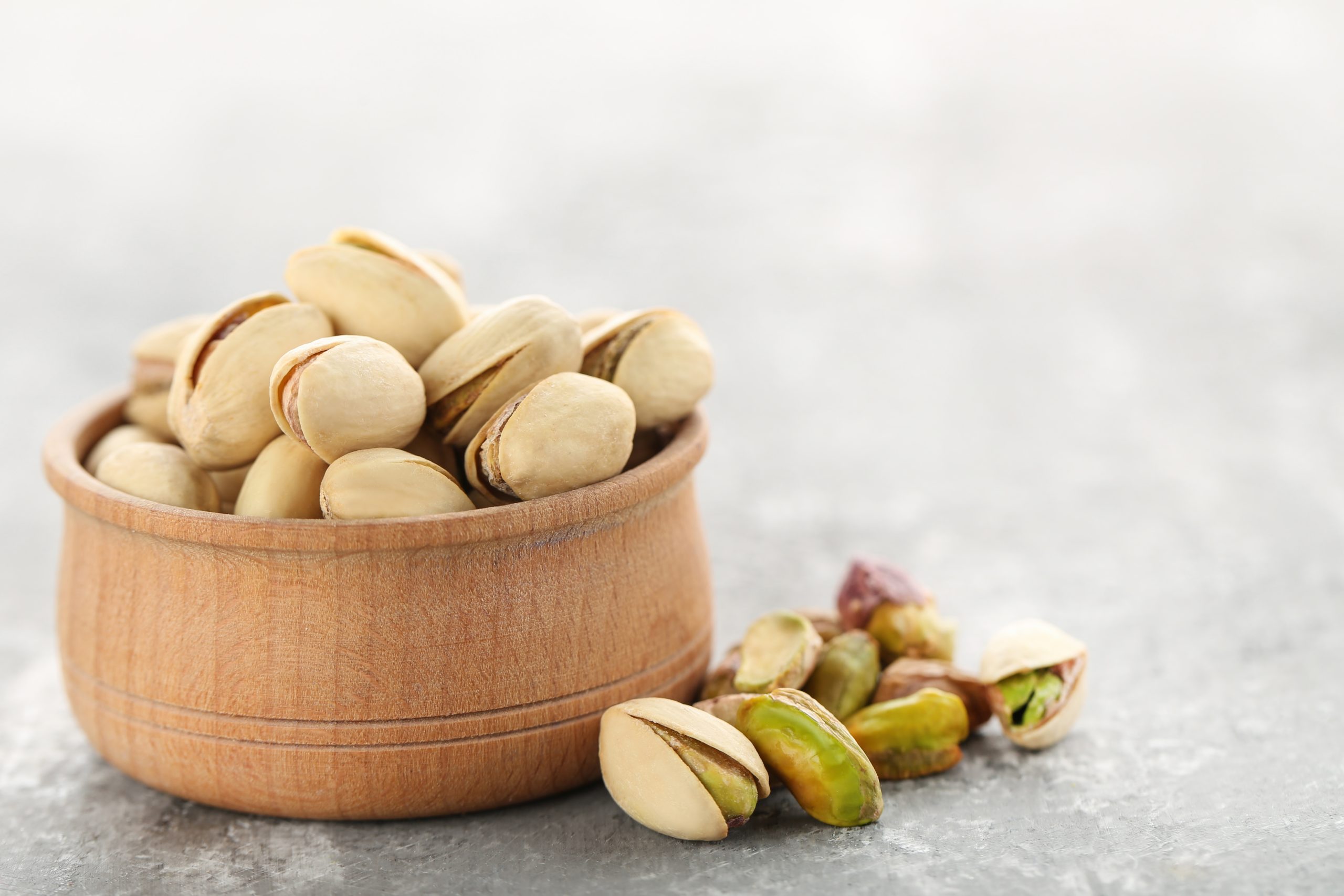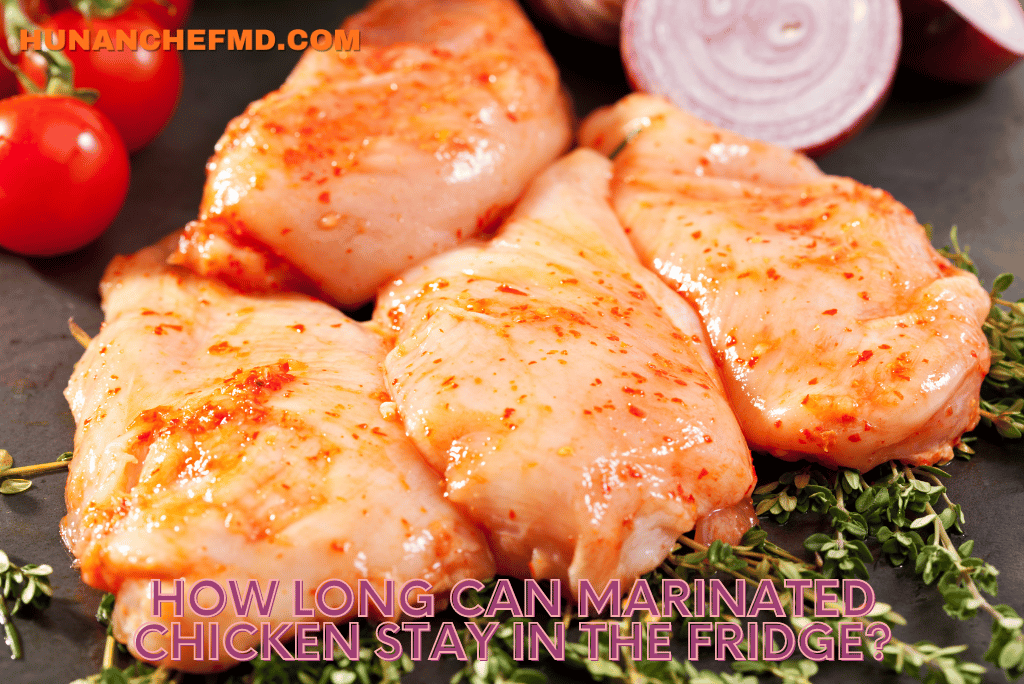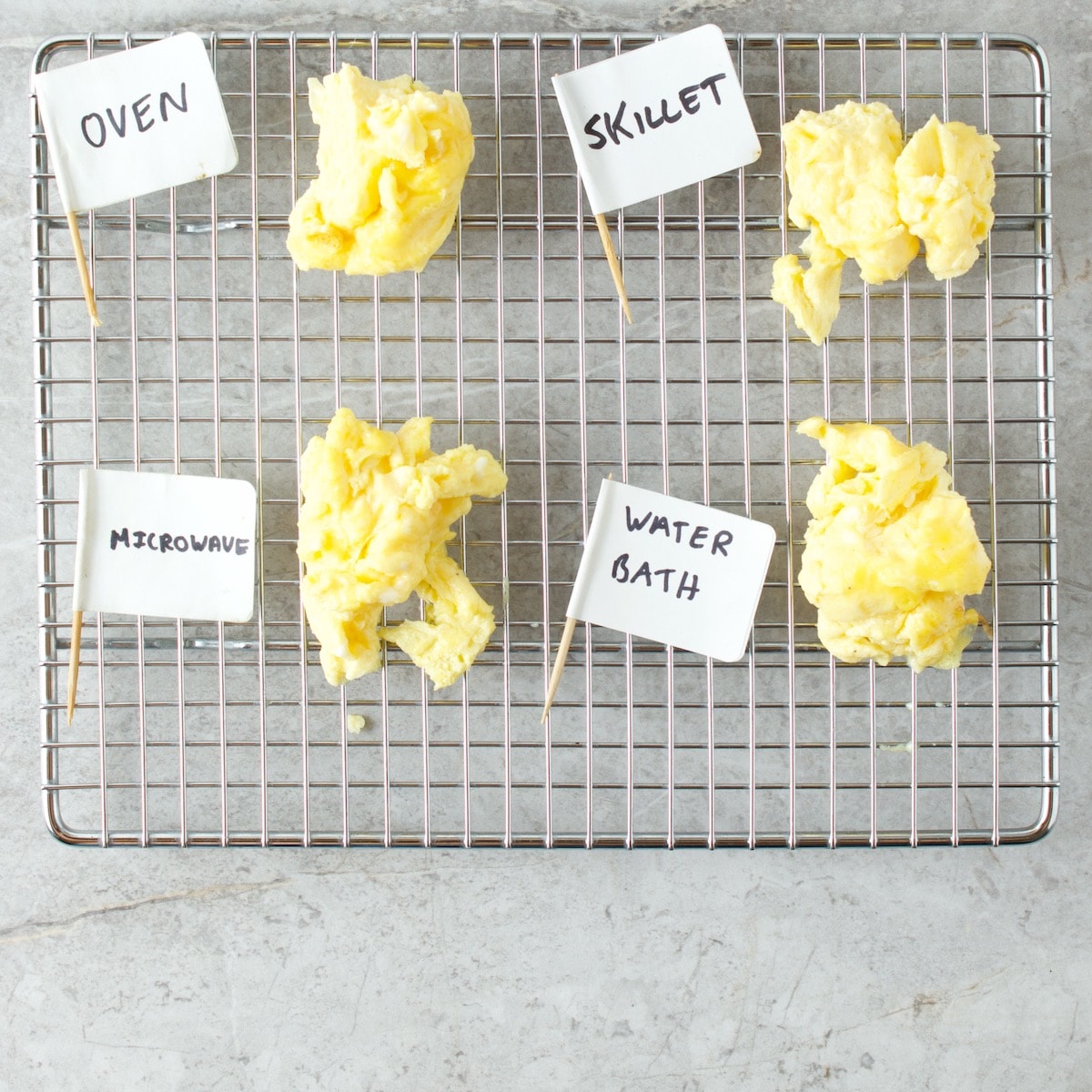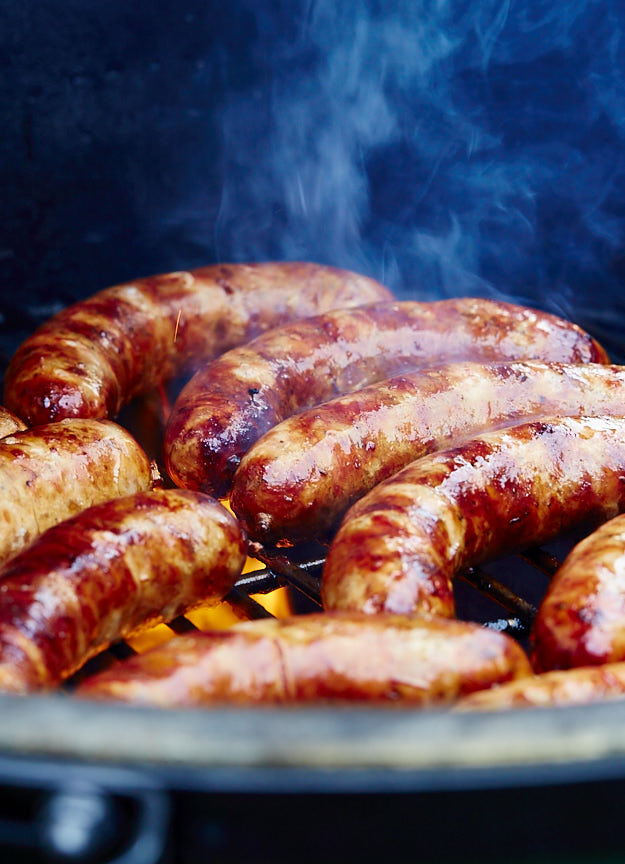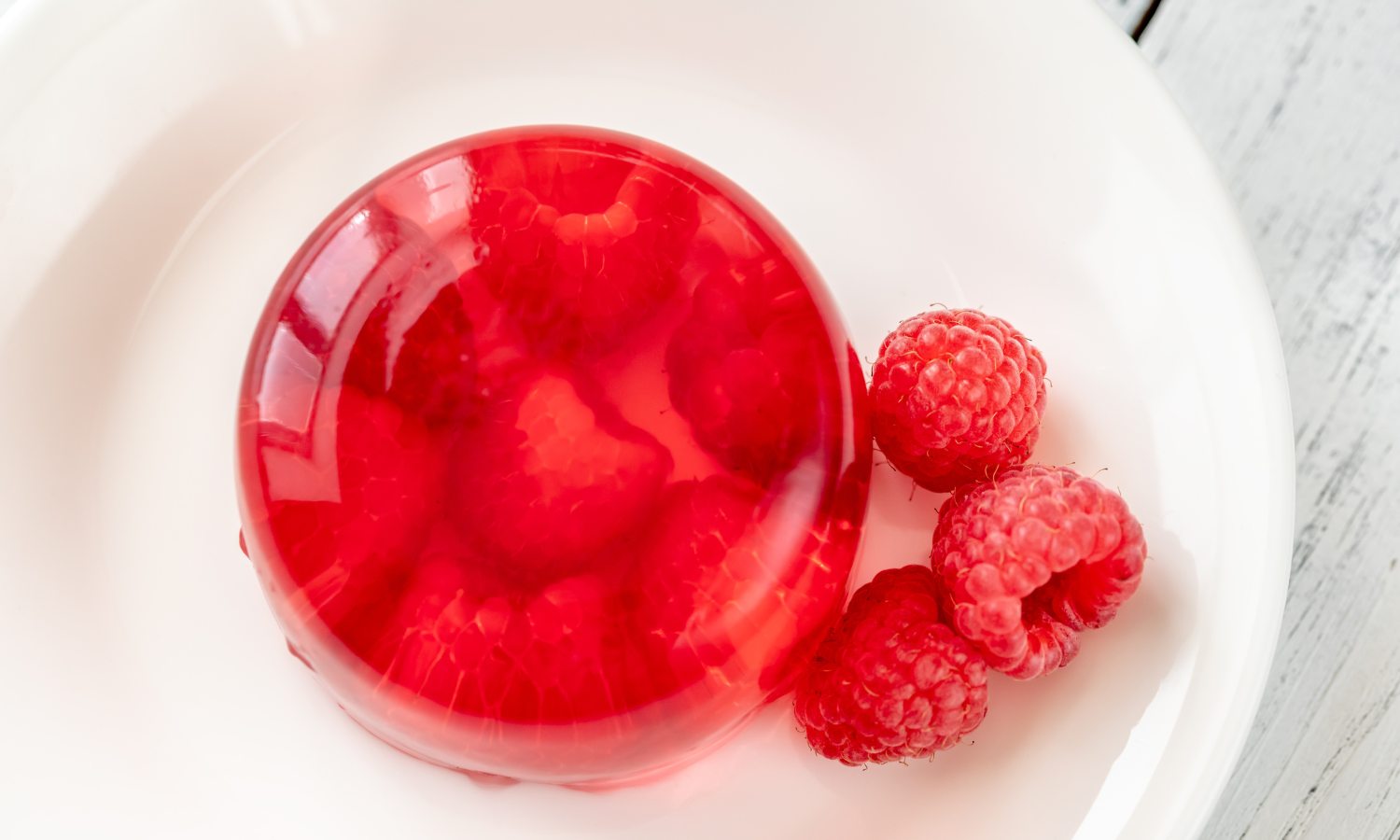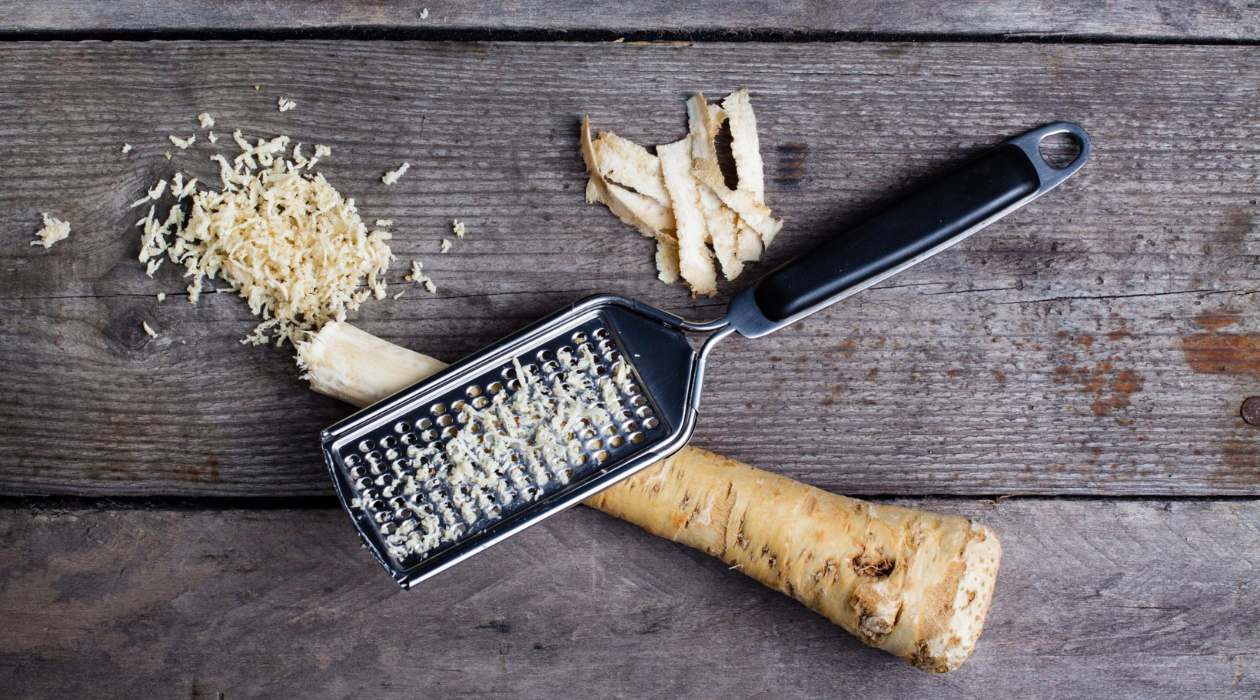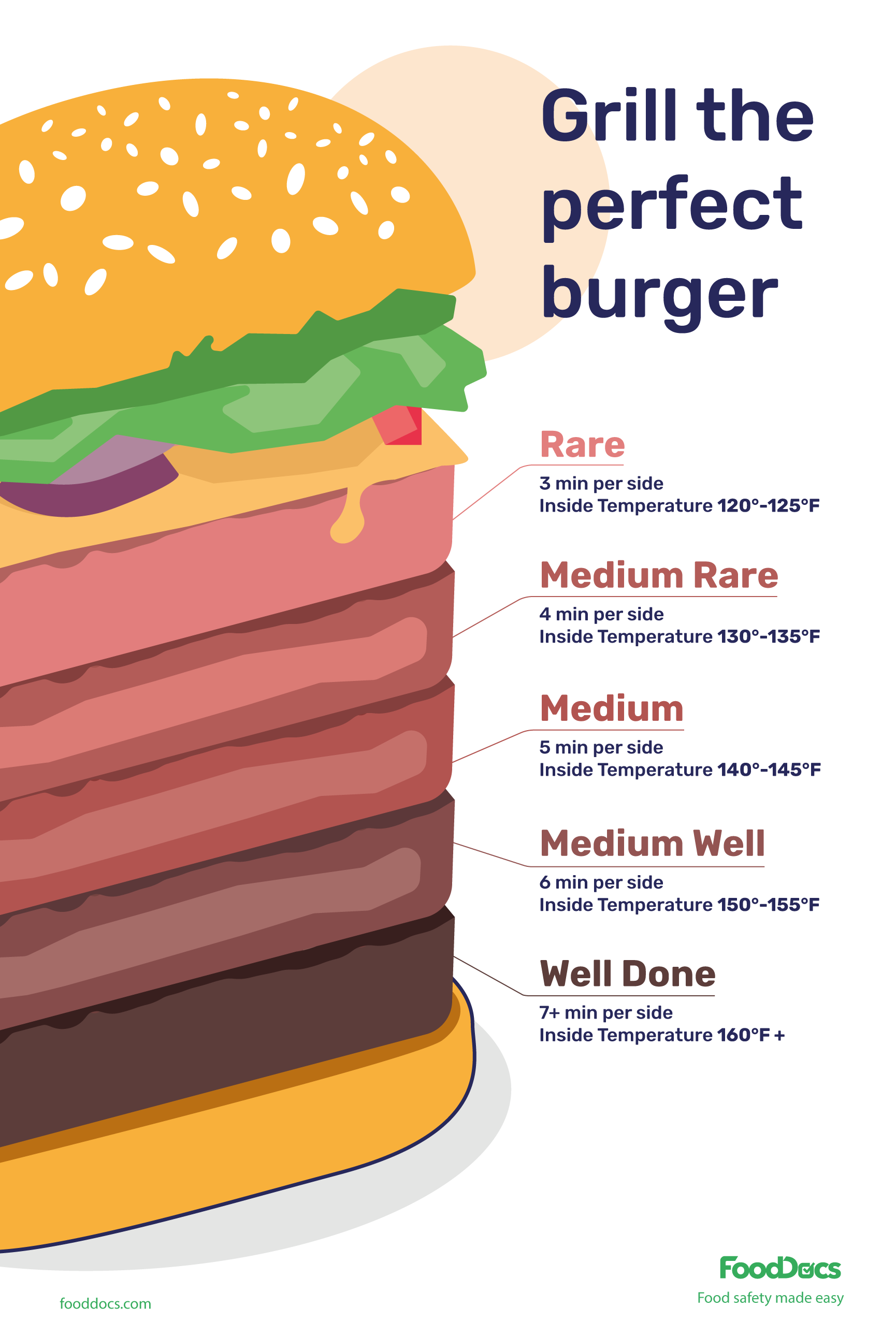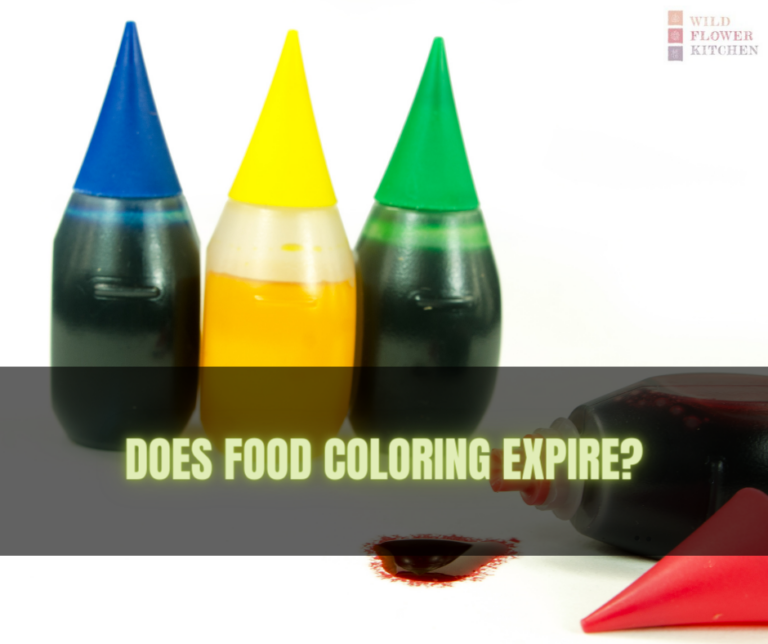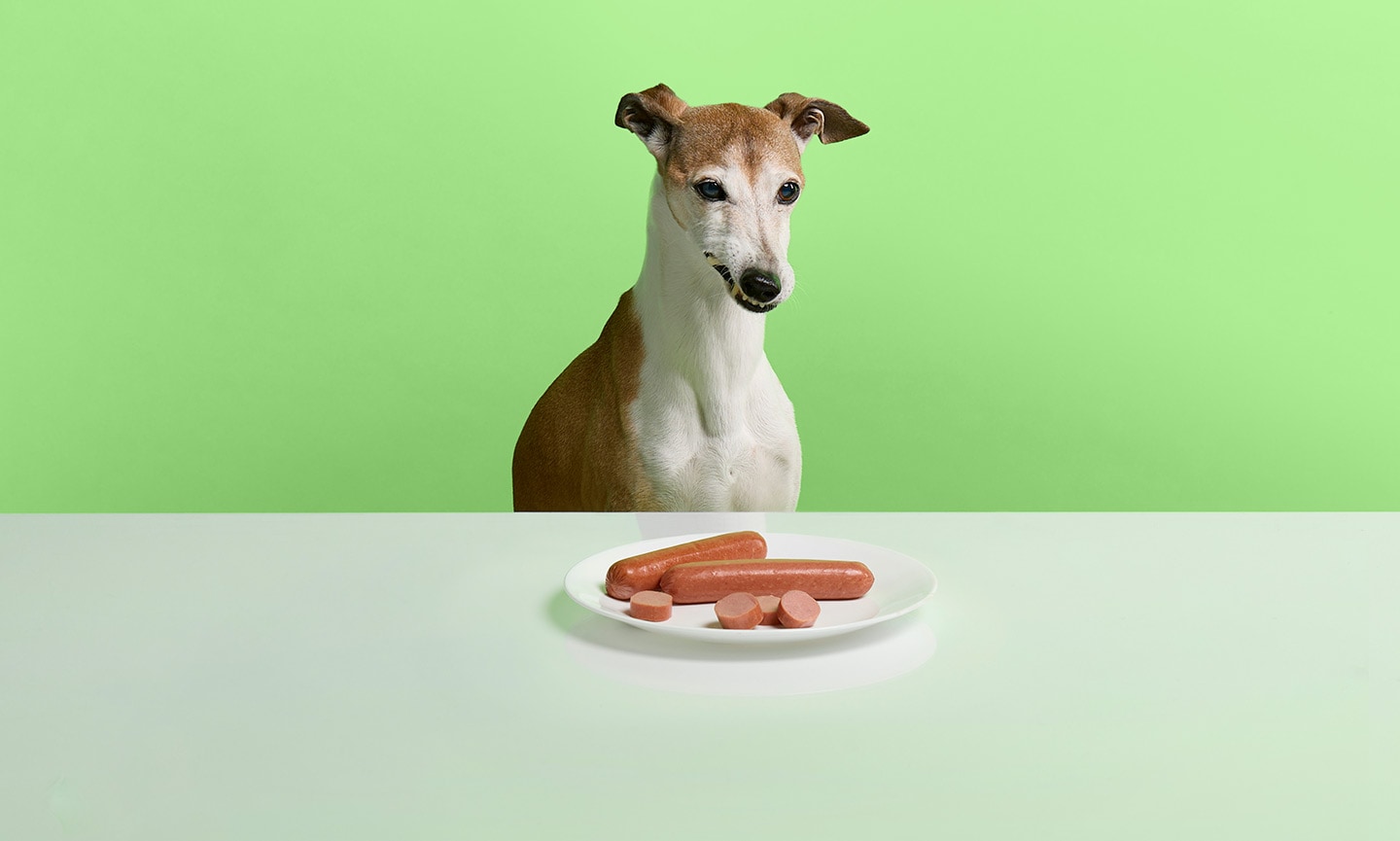Do Pistachios Go Bad? Exploring Shelf Life & Tips
– Pistachios can go bad due to their high oil and fat content
– Proper storage can extend their shelf life to 6 months at room temperature and one year in the refrigerator or freezer
– Signs that pistachios are bad include mold, discolored nutmeat, bugs, and withered texture
– The expiration date on packaged pistachios should be checked, although it is more of a “Best Before” date
– Rancid pistachios can still look fine, but they will smell sour or like nail polish
– If unsure, it is best to throw them out or taste one to check for bitterness and mealy texture
– Storing pistachios in an airtight container in a cool, dark place will increase their shelf life
– Pistachios can be stored in a cupboard away from light or in the refrigerator or freezer for longer shelf life
– Storing them in an airtight container is necessary to prevent odors from other foods
– Refrigeration or freezing can keep pistachios good for up to 1 year
– Buying fresh pistachios is important and packaged ones provide an expiration date
– Unshelled pistachios last longer than shelled ones
– Pistachios are actually seeds and not nuts
– They contain fiber, protein, minerals, and unsaturated fat
– Pistachios can be used for snacking, adding crunch to salads, or adding flavor and texture to any meal
